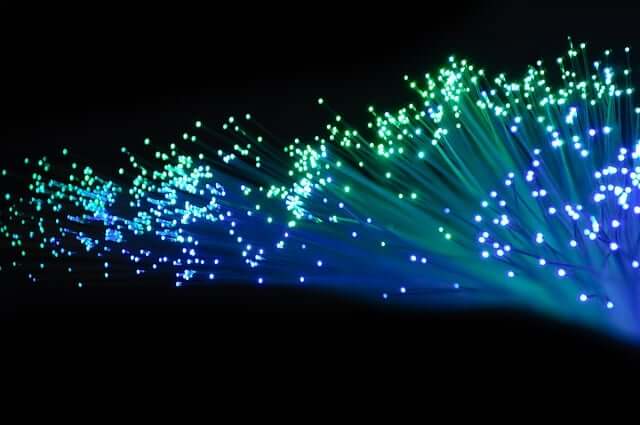
The network cable industry is experiencing rapid transformation, driven by technological advancements, the rise of 5G, and increasing demand for faster, more reliable internet connections. As businesses and consumers place greater importance on high-speed data transmission and connectivity, understanding the current market trends is crucial for staying competitive in this evolving landscape.
With the growing shift towards fiber-optic cables1 and the increasing emphasis on sustainability, businesses involved in the import, distribution, or retail of network cables must stay ahead of these trends to remain relevant. The question is: how do these trends impact your import strategy, and what steps should you take to adapt?
In this article, we will explore the key market trends shaping the network cable industry and how they are affecting demand. By the end, you’ll have a clearer understanding of how to optimize your import strategy to align with these evolving market dynamics.
1. What Are the Key Market Trends in the Network Cable Industry?
The network cable industry is experiencing several shifts driven by technological advancements and the growing demand for faster, more reliable internet.
Some of the key trends include the increasing adoption of fiber-optic cables, the growing need for higher bandwidth to support data-heavy applications, and the move toward more sustainable materials in cable production. These trends are shaping the industry and influencing supply chains globally.
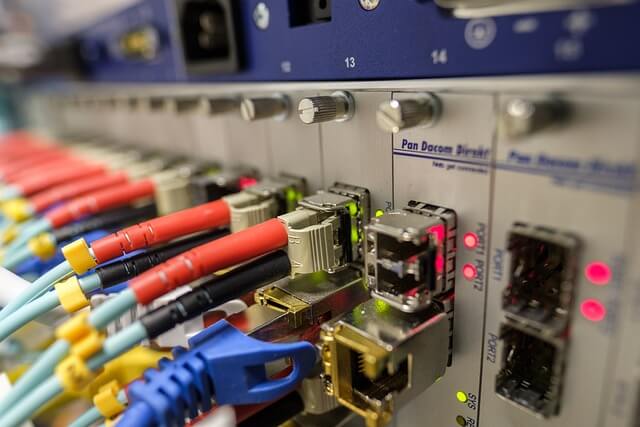
The demand for faster data transmission and more reliable internet connections is pushing the network cable industry towards fiber-optic solutions. These cables offer significantly higher bandwidth and lower latency compared to traditional copper cables, making them ideal for supporting modern applications such as 5G networks, cloud computing, and IoT devices. Additionally, the rise of smart cities and the increasing number of connected devices are fueling the need for more robust network infrastructure, further driving demand for high-performance cables.
Another important trend is the shift towards eco-friendly and sustainable materials in cable manufacturing2. With increasing awareness of environmental issues, many manufacturers are looking for ways to reduce their carbon footprint by using recyclable materials and adopting greener production processes. This shift is not only a response to regulatory pressures but also to growing consumer demand for sustainable products.
2. How Is the Demand for Fiber-Optic Cables Changing the Market?
The demand for fiber-optic cables has skyrocketed in recent years, largely due to the need for faster and more reliable internet connections.
Fiber-optic cables are becoming the standard for high-speed data transmission, especially in sectors like telecommunications, data centers, and smart infrastructure. This surge in demand is leading to increased production and innovation in fiber-optic technology, which is reshaping the market.
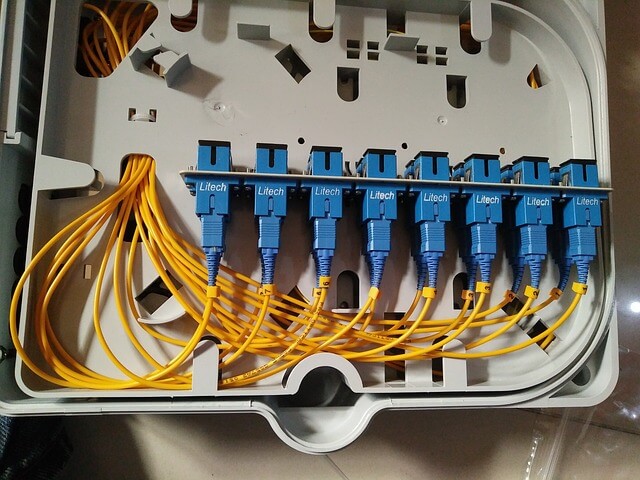
Fiber-optic cables offer numerous advantages over traditional copper cables, including higher bandwidth, longer transmission distances, and immunity to electromagnetic interference. These benefits make them the preferred choice for many industries, particularly telecommunications and data centers. As the demand for high-speed internet continues to grow, fiber-optic cables are becoming essential for supporting the infrastructure required for 5G networks and other data-intensive applications.
Moreover, the global push towards digital transformation is accelerating the adoption of fiber-optic cables. Governments and private companies alike are investing heavily in upgrading their network infrastructure to handle the increasing data traffic. This trend is particularly evident in emerging markets, where the demand for high-performance network solutions is driving significant growth in the fiber-optic cable sector. For businesses involved in importing network cables, this presents a unique opportunity to capitalize on the growing demand for fiber-optic solutions.
3. What Role Does Sustainability Play in the Network Cable Industry?
Sustainability is becoming a key consideration in the network cable industry as both consumers and governments push for greener solutions.
Sustainability in the network cable industry is primarily focused on using recyclable materials, reducing energy consumption during production, and minimizing waste. Companies that adopt eco-friendly practices are likely to gain a competitive edge as environmental regulations tighten and consumer preferences shift.
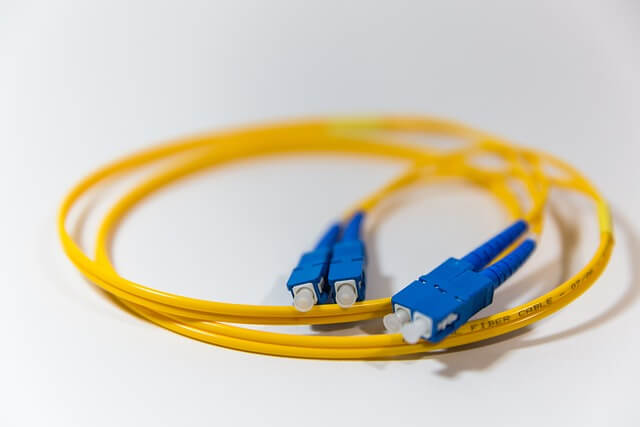
With the increasing focus on environmental responsibility, manufacturers in the network cable industry are exploring new ways to reduce their environmental impact. This includes using recyclable materials such as polyethylene and PVC alternatives, as well as implementing energy-efficient production processes. Some companies are also developing biodegradable cables, which can help reduce the amount of waste generated when cables are replaced or discarded.
In addition to material innovations, there is also a growing emphasis on reducing the carbon footprint of the supply chain. This involves optimizing transportation routes, reducing packaging waste, and sourcing raw materials from sustainable suppliers. For importers, aligning with manufacturers that prioritize sustainability can not only help meet regulatory requirements but also appeal to environmentally conscious customers.
4. How Can You Optimize Your Import Strategy Based on These Trends?
Understanding market demand trends is essential for optimizing your import strategy in the network cable industry.
To optimize your import strategy, focus on sourcing fiber-optic cables to meet the growing demand, prioritize suppliers that offer sustainable products, and stay informed about regulatory changes that could impact your supply chain. By aligning your strategy with market trends, you can stay competitive and meet customer expectations.
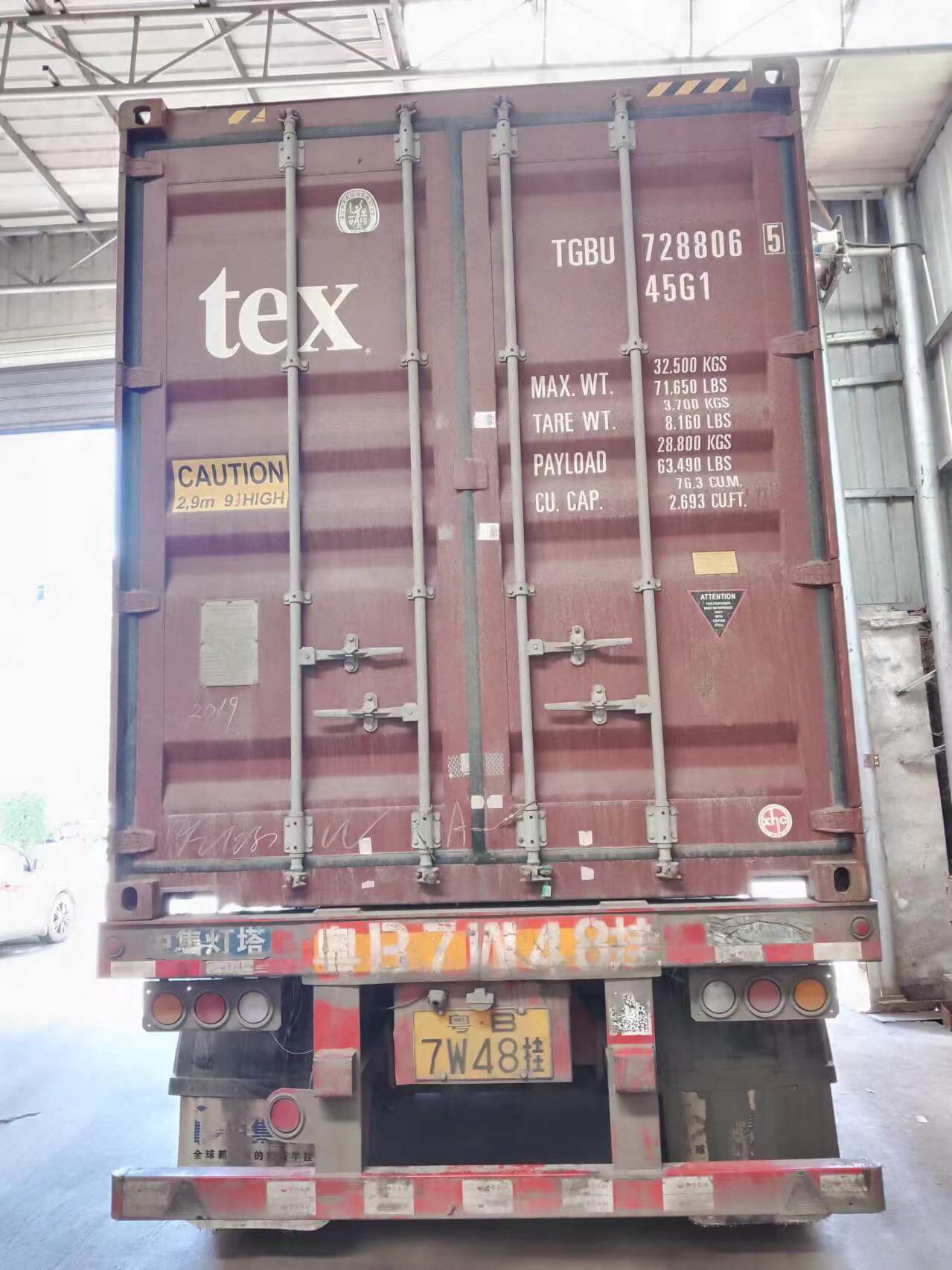
Given the increasing demand for fiber-optic cables, importers should prioritize sourcing from manufacturers that specialize in high-performance fiber-optic solutions. This will ensure that you are well-positioned to meet the growing needs of your customers, particularly in sectors like telecommunications3, data centers, and smart infrastructure. Additionally, as sustainability becomes a more significant factor in purchasing decisions, consider partnering with suppliers that offer eco-friendly products. Not only will this help you comply with environmental regulations, but it will also appeal to a broader customer base that values sustainability.
Staying informed about regulatory changes is another crucial aspect of optimizing your import strategy. Many countries are implementing stricter environmental regulations, which could impact the types of materials used in network cables and the manufacturing processes employed. By staying ahead of these changes and working with compliant suppliers, you can avoid potential disruptions to your supply chain and ensure that your products meet the necessary standards.
Conclusion
The network cable industry is undergoing significant changes, driven by the demand for faster data transmission, higher bandwidth, and sustainable products. By understanding these trends and adjusting your import strategy accordingly, you can stay competitive in this evolving market. Whether you're sourcing fiber-optic cables or looking for sustainable solutions, keeping up with market demands will help you make informed decisions and better serve your customers.